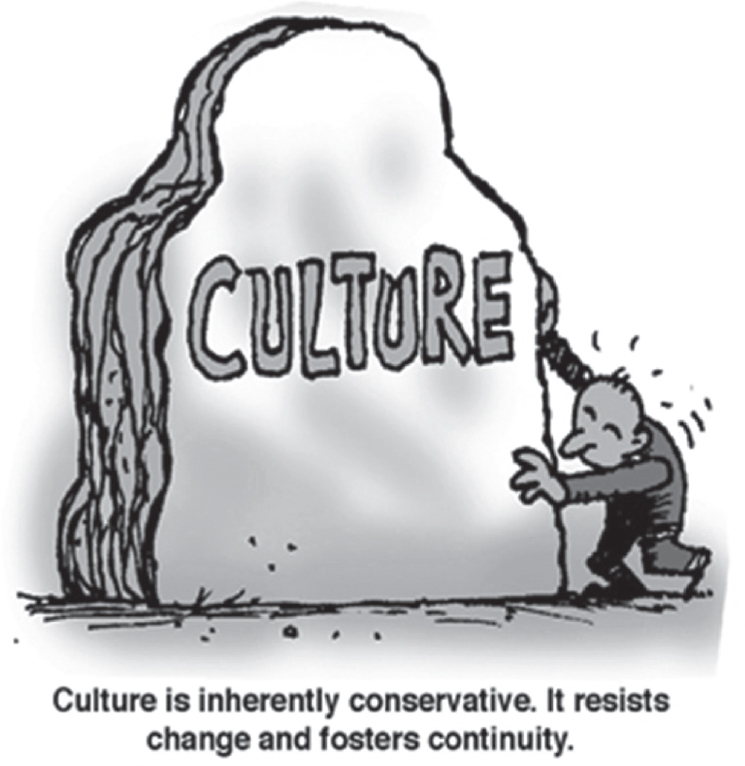Achieving “Glocal” Success (with Ilkka A. Ronkainen)
American Marketing Association, April 2014

Companies that have adopted this approach have incorporated the following four dimensions into their organizations.
Building a Shared Vision
The first dimension relates to a clear and consistent long-term corporate mission that guides individuals wherever they work in the organization. Examples of this are Johnson & Johnson’s corporate credo of customer focus; Coca-Cola’s mission of leveraging global beverage brand leadership “to refresh the world, inspire moments of optimism and happiness, create value and make a difference”; Nestlé’s vision to make the company the “reference for nutrition, health and wellness”; and Samsung’s mission to “create superior products and services, thereby contributing to a better global society.” But formulating and communicating a vision or mission cannot succeed unless individual employees understand and accept the company’s stated goals and objectives.
Broadening Perspectives
This relates to the development of a cooperative mindset among region or country organizations to ensure the effective implementation of global strategies. Managers may believe that global strategies are intrusions on their operations if they do not have an understanding of the corporate vision, if they have not contributed to the global corporate agenda, if they are not given direct responsibility for its implementation, or if there is no reward for their cooperation.
Capable Managers
The third component in the “glocal” approach is making use of representatives from different countries, regions, and cultures. Organizationally, the forces of globalization are changing the country manager’s role significantly. With profit-and-loss responsibility, oversight of multiple functions, and the benefits (and drawbacks) of distance from headquarters, country managers enjoyed considerable decision making autonomy, as well as entrepreneurial initiative. Today, however, many companies have to emphasize the product dimension of the product-geography matrix, which means that power has to shift at least to some extent from country managers to worldwide strategic business unit and product-line managers. Many of the previously local decisions are now subordinated to global strategic moves.
In today’s environment, the global business entity can be successful only if it is able to move intellectual capital within the organization—that is, to transmit ideas and information in real time. If there are impediments to the free flow of information across organizational boundaries, important updates about changes in the competitive environment might not be communicated in a timely fashion to those tasked with incorporating them into the strategy.
